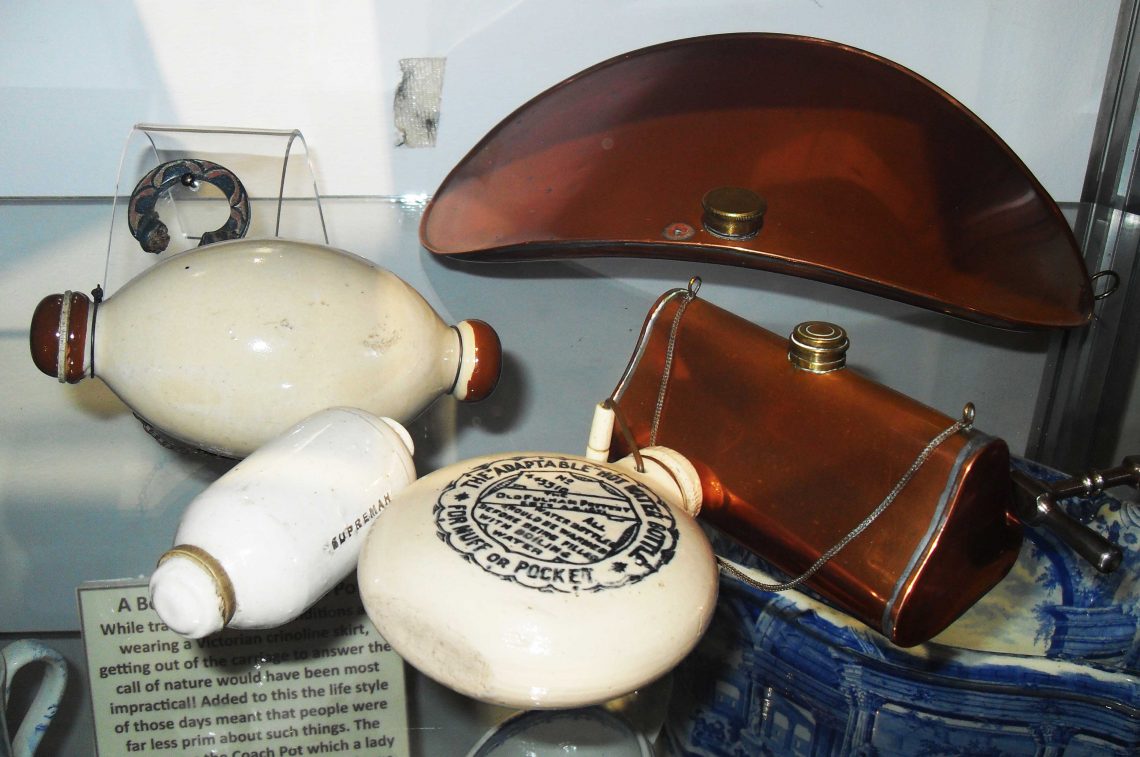
The collections
Founded in 2014 the museum is unique in the UK. it was originally inspired by the collections at Saumur in France and Verden in Germany. While there are racing, military and hunting museums this is the only museum in the UK that holds a collection covering utilitarian equestrian items from antiquity to the present day and from many parts of the world. It tells many stories including those of Transport, industry, agriculture, warfare, and sport. There are veterinary sections, children’s equipment and sections on Africa, India and North and South America and many others.
It is a museum of the history of all of us and will interest non horse folk as well as horse enthusiasts.
The collection represents a lifetime of collecting by Sally Mitchell and has more recently benefitted from some generous donations too. It is quite large, filling nine rooms and two large passageways.
We are only able to illustrate a small number of our objects and you will see many more when you visit.
The collection won a Nottinghamshire Heritage Award for its quality.
It has appeared on two BBC programmes, Bargain Hunt and Antiques Road Trip.
Below are a few examples of items in the collection. Please click on box to see more.
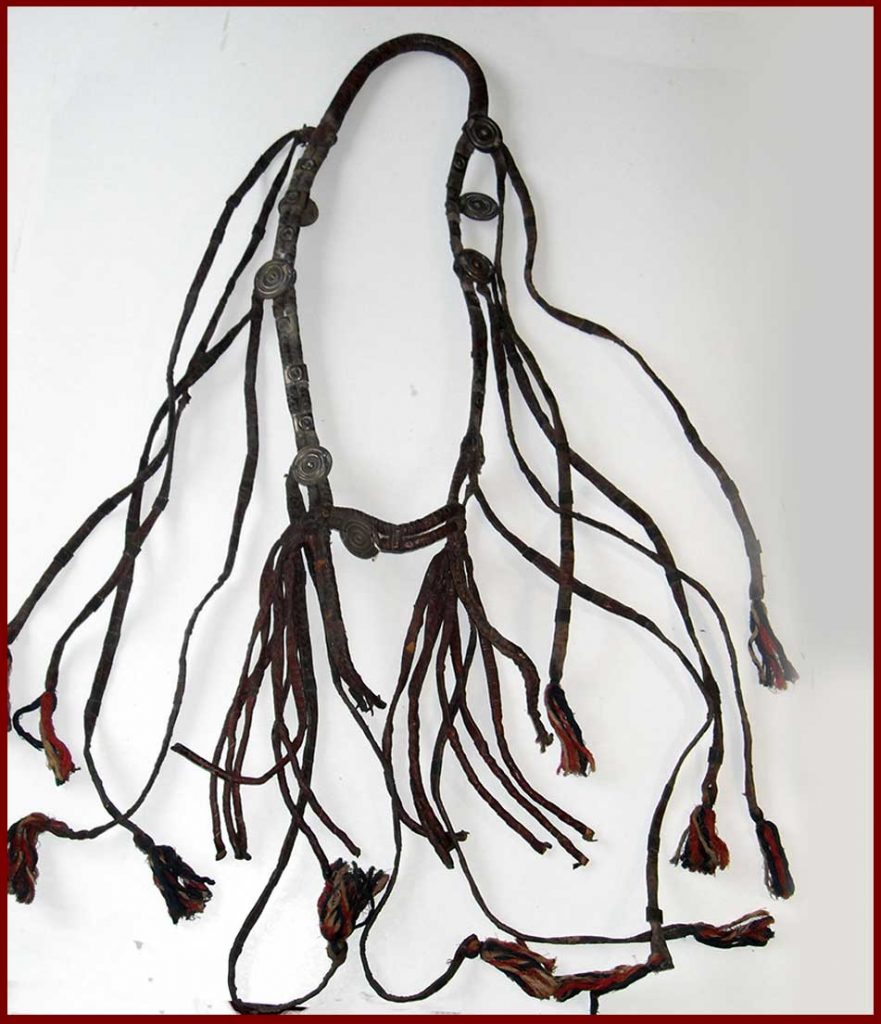
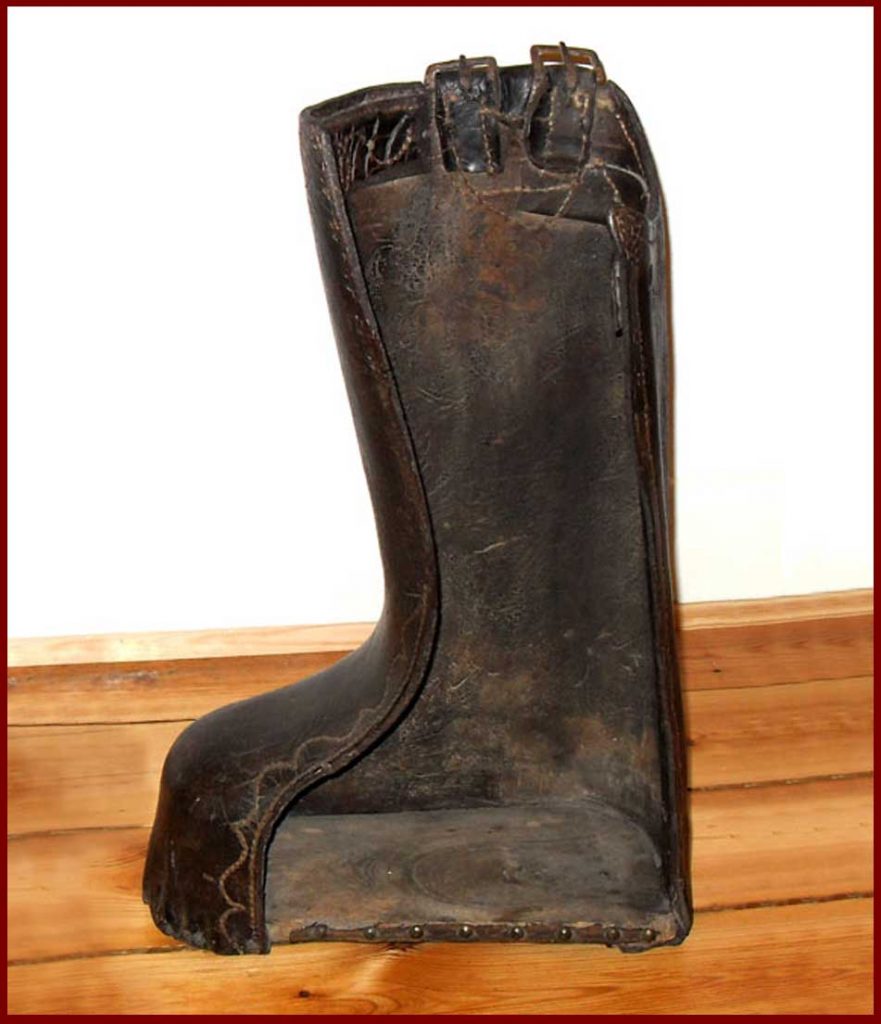
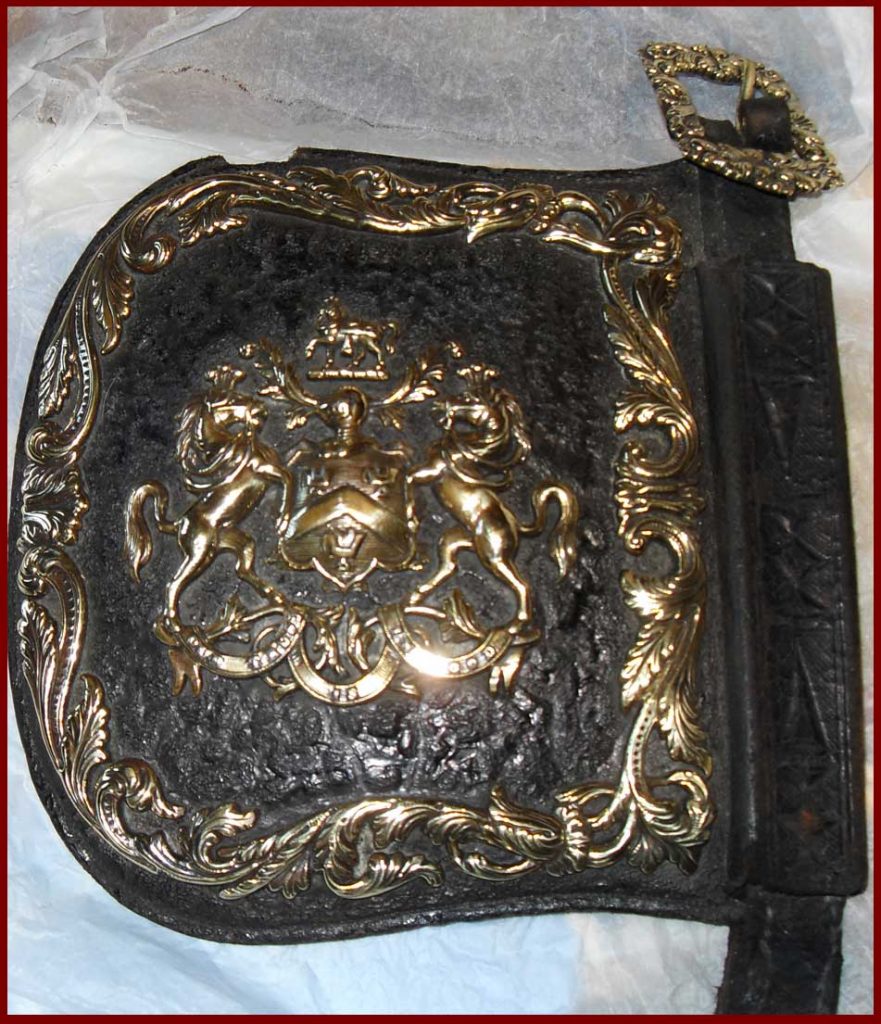
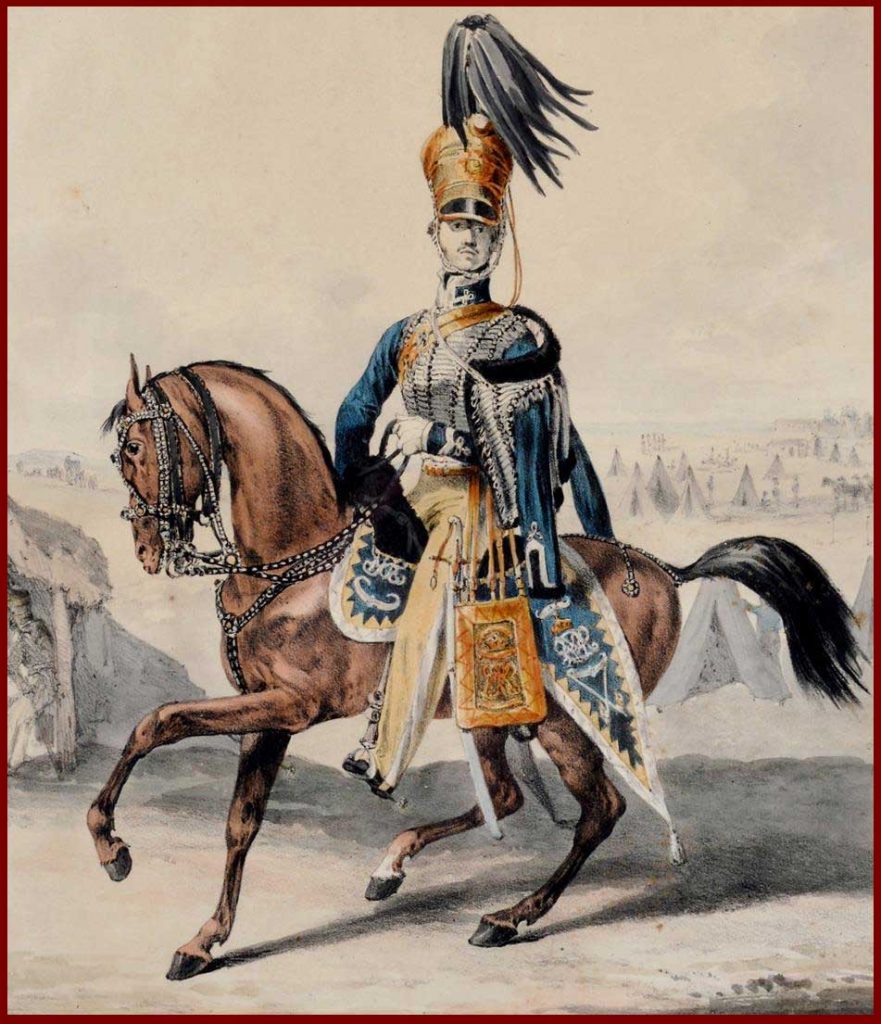
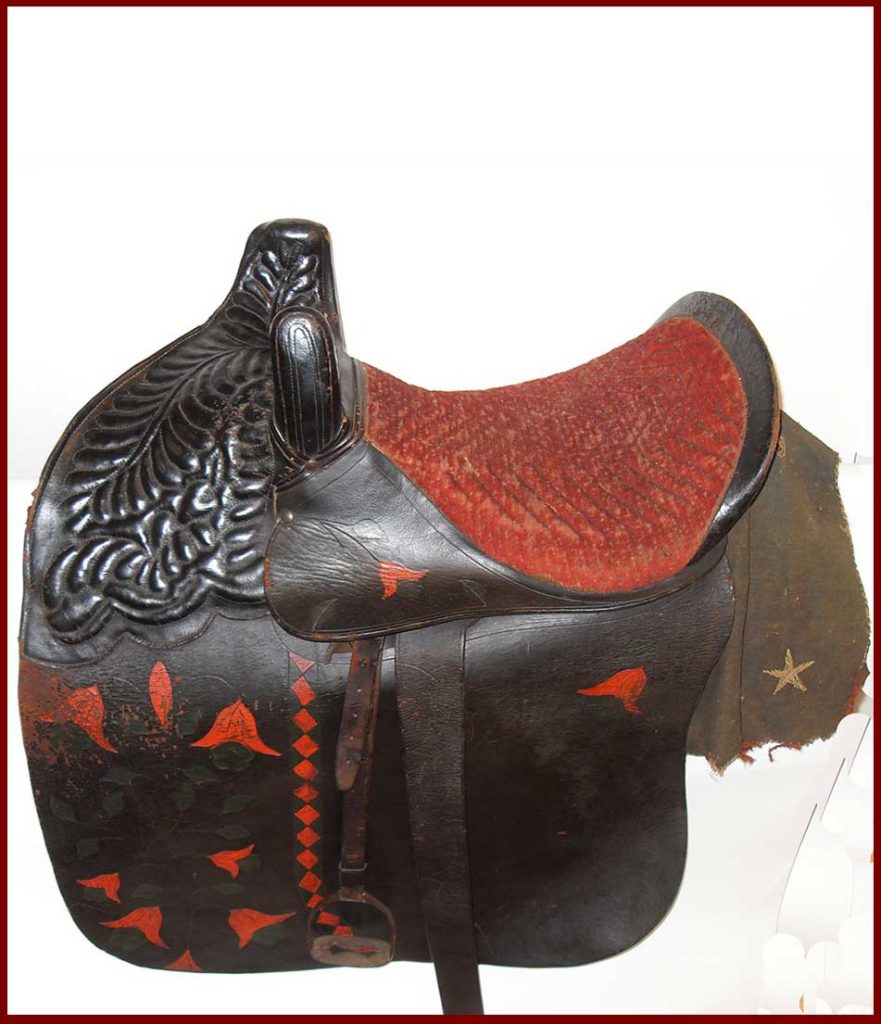
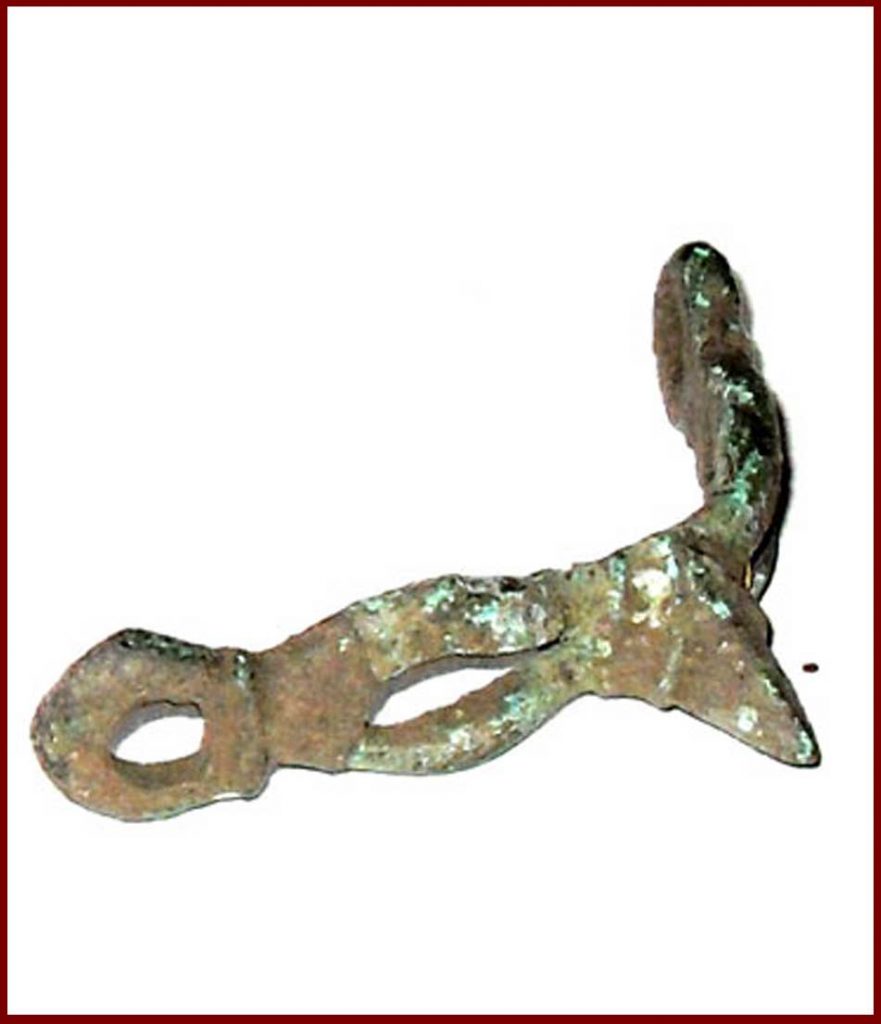
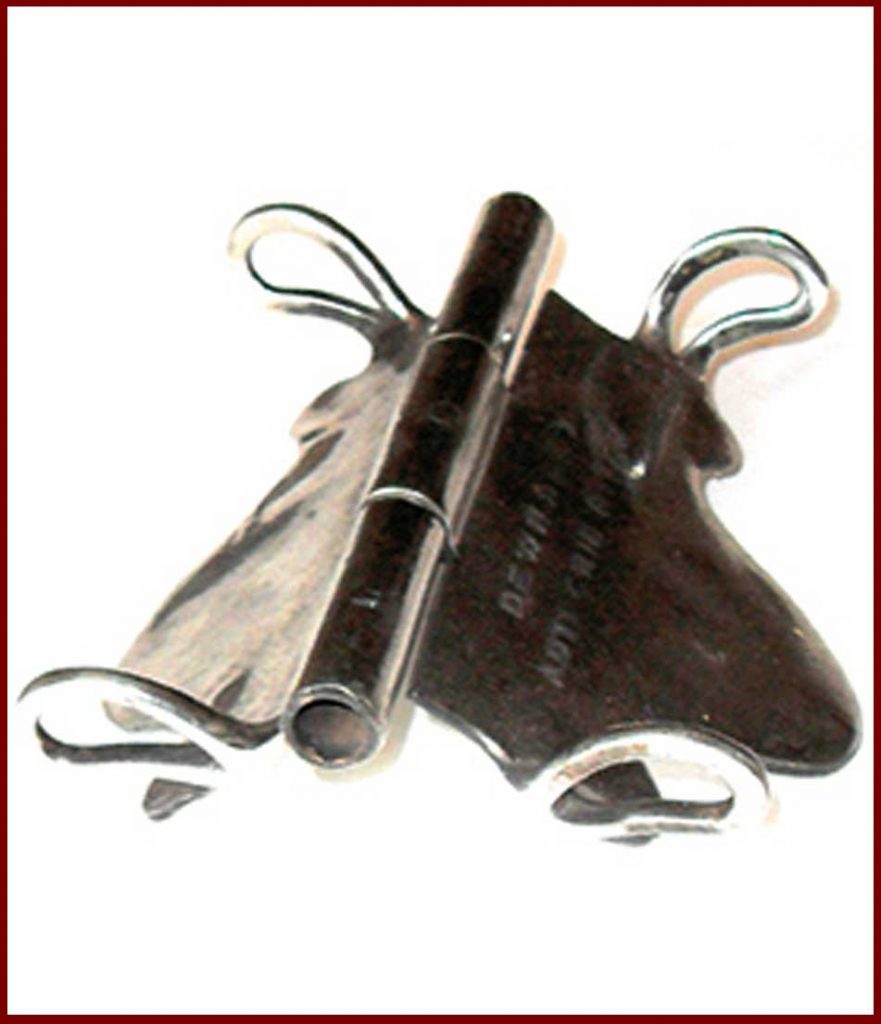
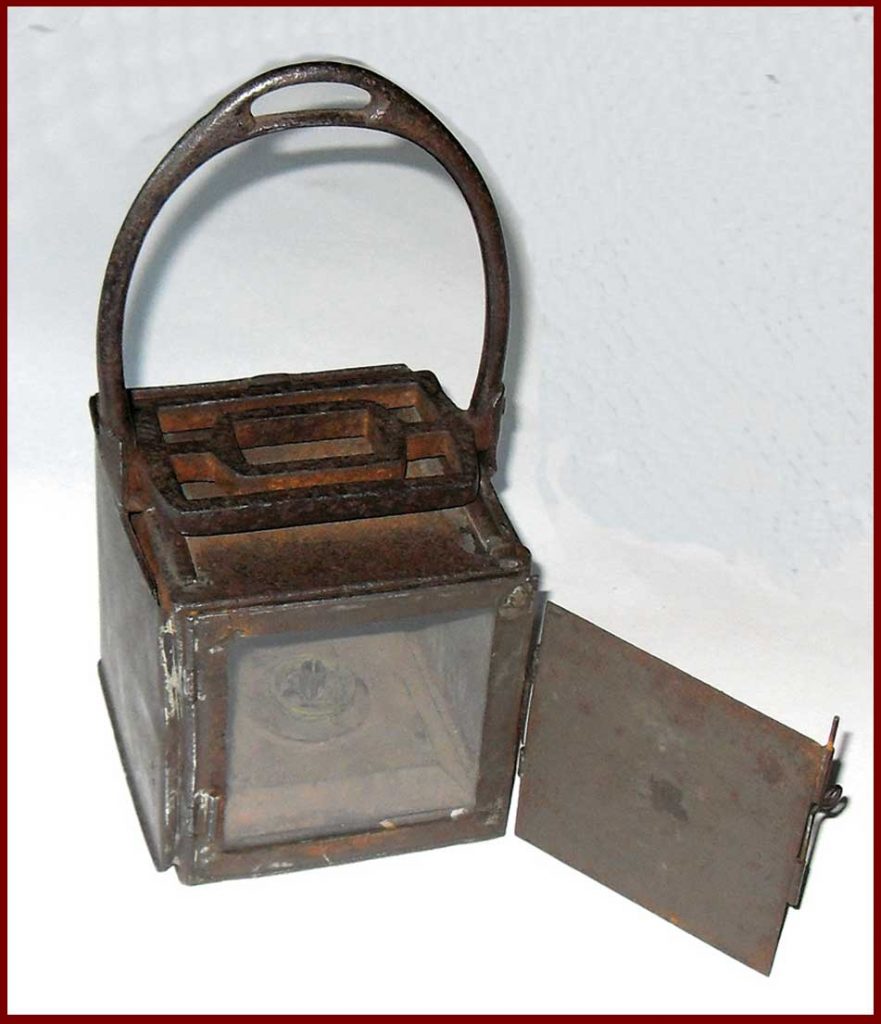
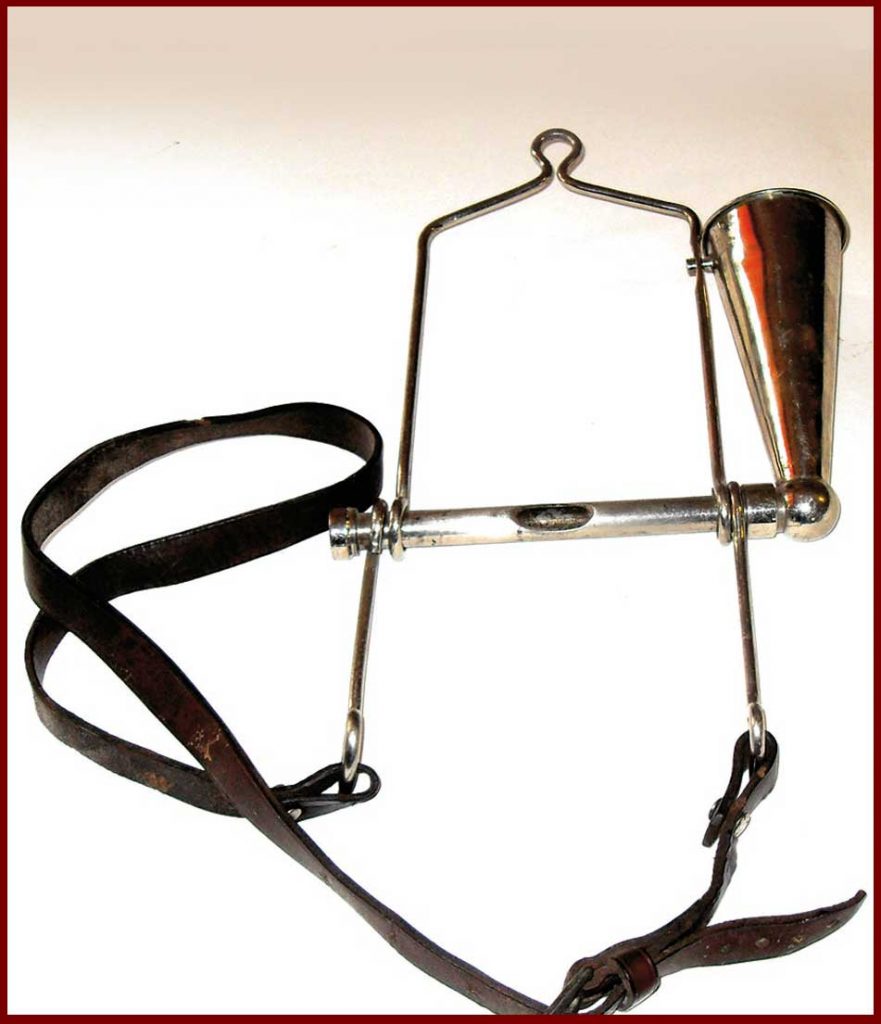
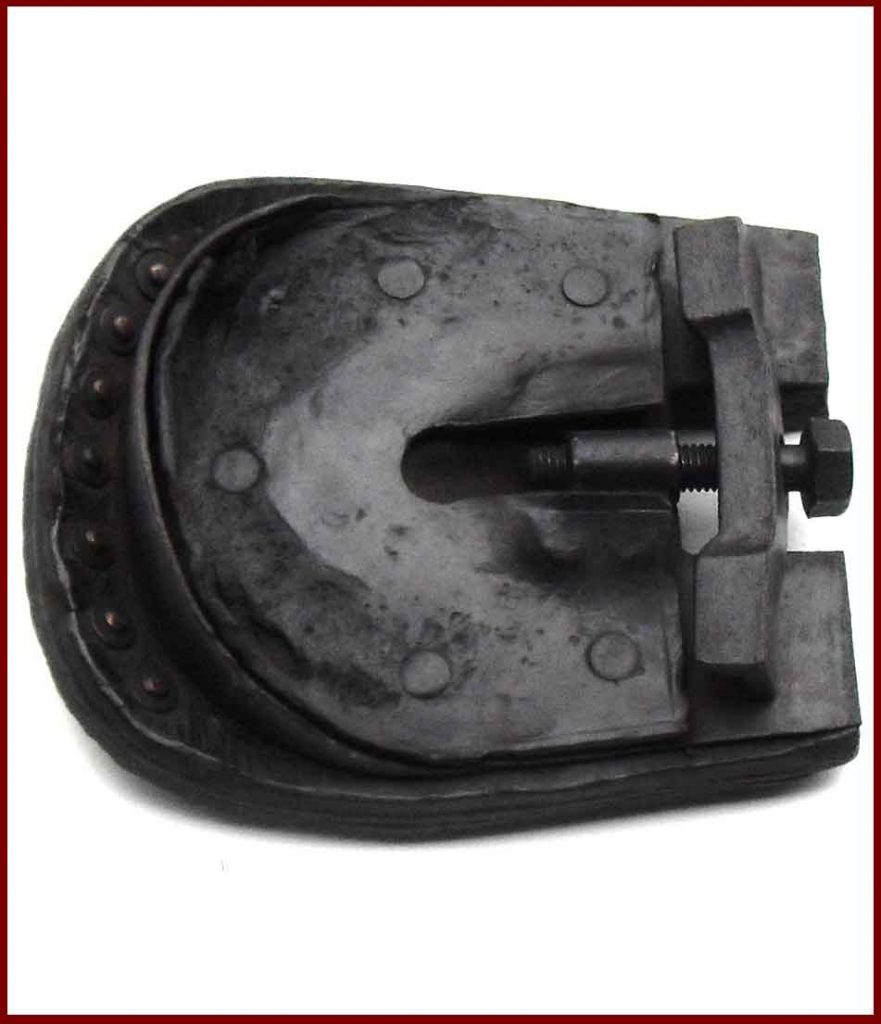
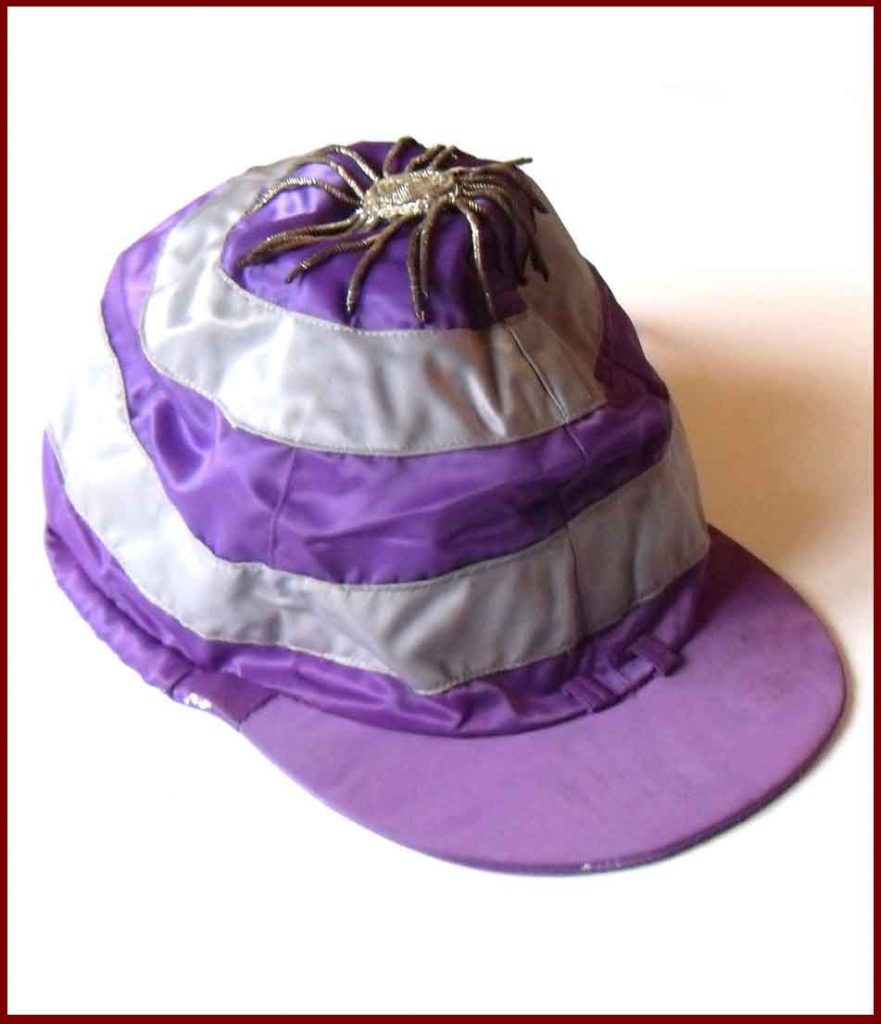
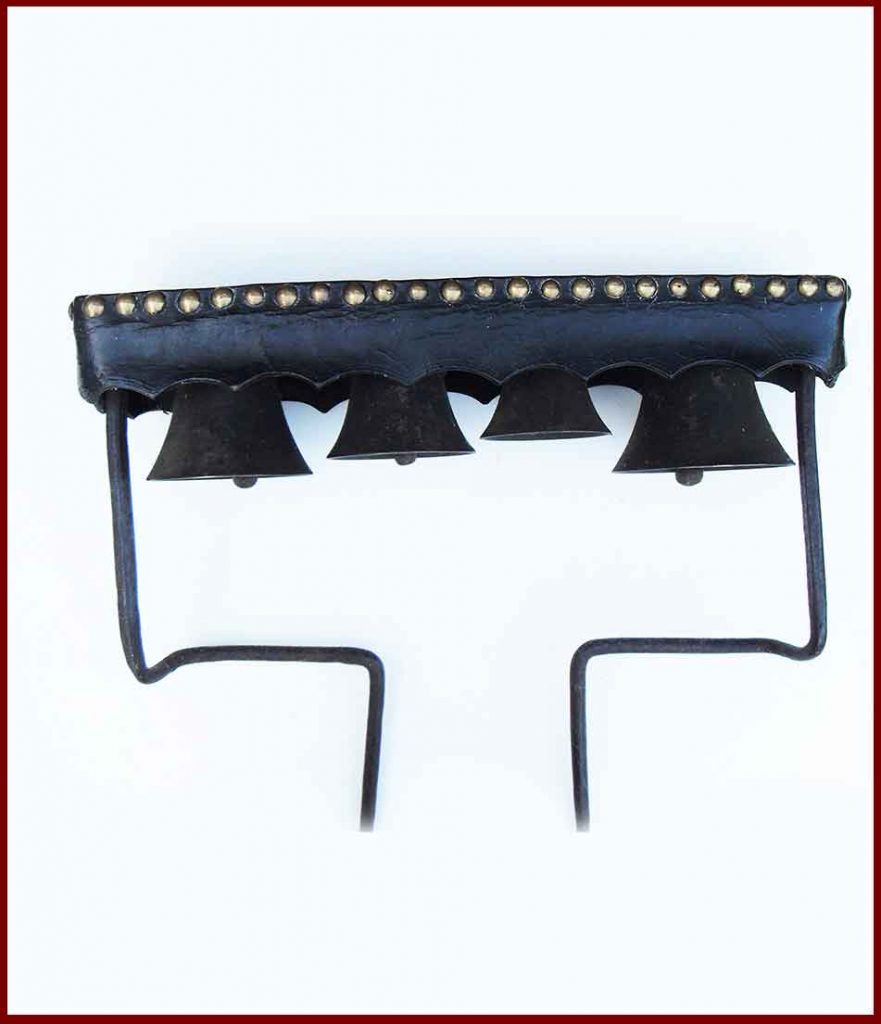
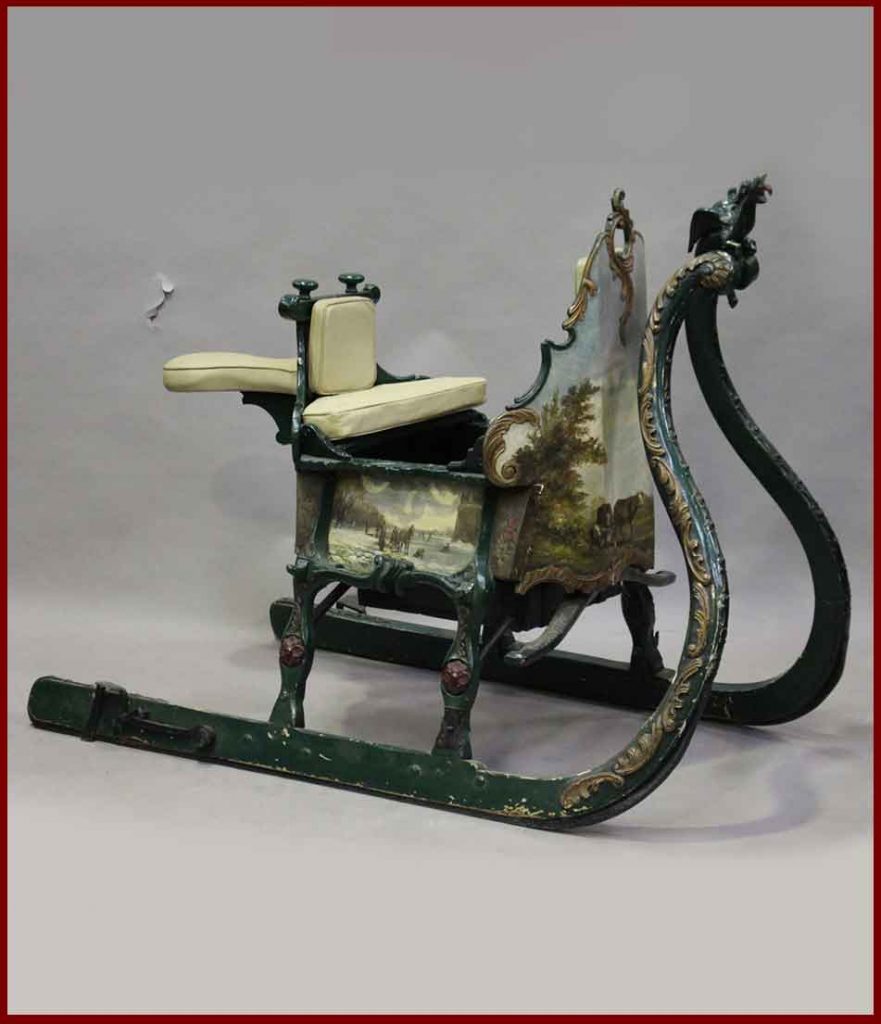
The Building
An award winning museum it is situated in a Georgian coaching inn and posting house. That was an inn that provided changes of horses for the coaches and for private posting, so would have housed a hundred plus horses in a massive stable yard, now our car park, behind the building.
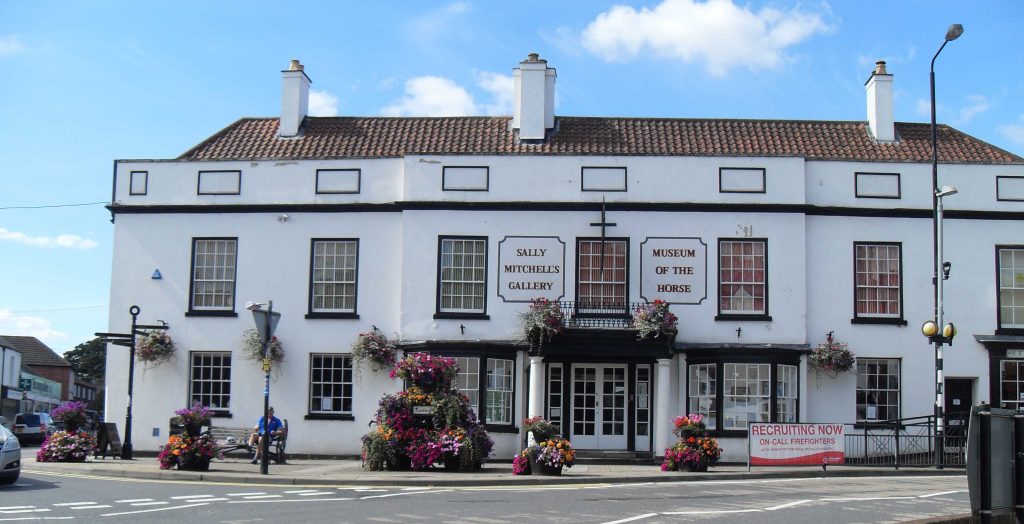
The building had been empty and vandalised for around seven years, grade II listed it was on the endangered list when Sally and her son John rescued it. It took several years to restore but is now the perfect home for the art gallery on the ground floor and the museum above. It still has many of the original features having originally been built on the traditional plan for a Georgian coaching inn.
It is situated on the old Great North Road and at the height of the coaching era, sixty four coaches a day passed through. It was originally called the Red Lion but the old timbered building was burnt down, along with the whole of that side of the street in 1702. The whole side of the street was rebuilt and the majority of the buildings served the coaching trade.
A number of famous writers stayed there, but none gave it a good review. Daniel Defoe referred to it as ‘Tuxford in the clays or Tuxford in the Dirt and a dirty little town it is, suitable to its name.’ because of the dreadful mud there in the winter. It was said its ale was poor and its meals ‘meagre’! Described as dingy and drear, no one had anything good to say about it!
I am pleased to say it is now a charming, small, award winning town.